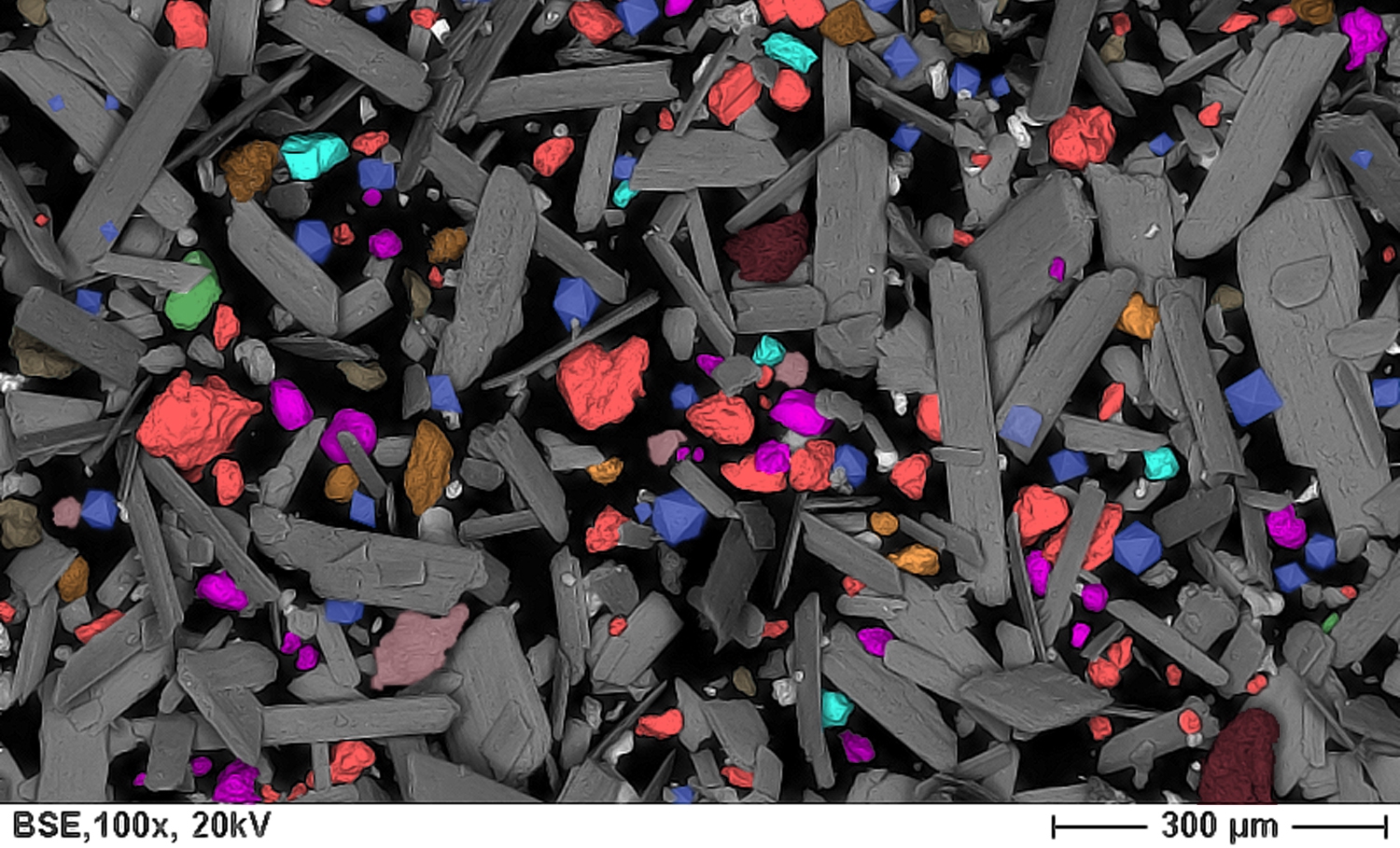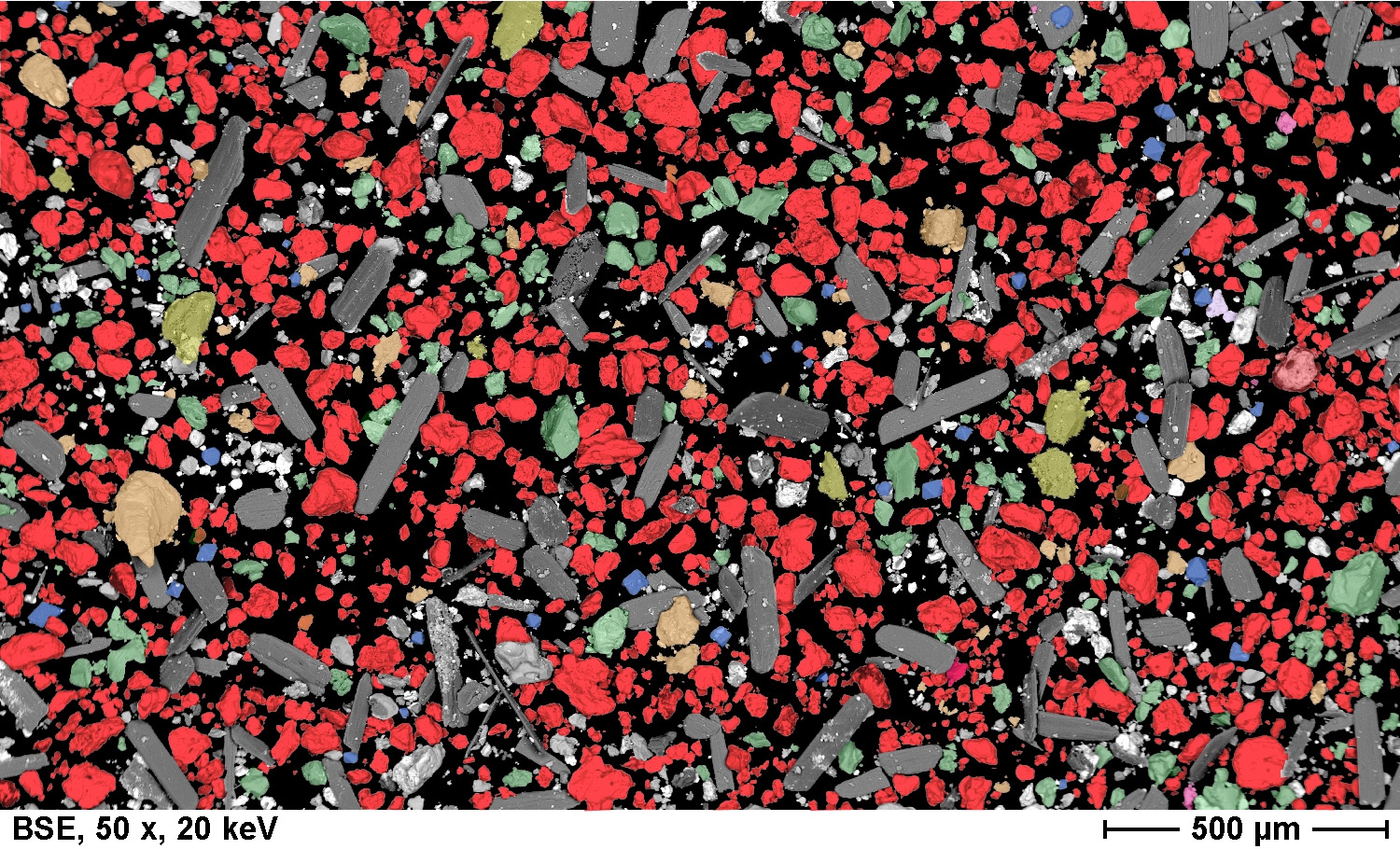Life on land
Decent work and economic growth
Responsible consumption and production
Partnerships for the goals
Coordinator: Ceritech AG
Contact Person: Dr. Jörg Reichert
Address: Klaus-Rothe-Straße 13, 04105 Leipzig
Email: info@ceritech.com
Project partners
- Technische Universität Clausthal
- Martin-Luther-Universität Halle-Wittenberg
Associate partners in Brazil
- CMOC International Brasil
- Universidade Federal de Goiás
Economical Extraction of Rare Earths from Secondary Raw Material Containing Monazite from the Greater Catalão Region
The conventional extraction of rare earths is often associated with significant environmental impacts from mining. A potentially sustainable and economically interesting alternative source of rare earths is secondary raw materials. The German-Brazilian project CaMona intends to develop the industrial extraction of rare earths from secondary raw materials using residues from phosphate fertilizer production in the greater Catalão region.
Extraction of rare earths from phosphogypsum
Mining associated with conventional extraction of rare earths causes significant environmental damage in many places. The extraction of rare earths from waste products of other industries represents a more environmentally friendly alternative and, at the same time, offers a cost advantage in production. Mineral waste products, which are not yet used as secondary materials, are accumulating on a large scale in phosphate fertilizer production in the Brazilian greater Catalão region. The CaMona project is working on the development of technical foundations for economic extraction of rare earths from these raw materials. Specifically, the joint project is dedicated to the industrial extraction of rare earths from secondary gypsum resulting from phosphate fertilizer production in Catalão. To this end, the project is driving forward the development of a corresponding technology with the associated process optimisations right up to industrial maturity.

Within the CaMona project, detailed scientific and technical development with optimisations and innovations should occur over the entire scope of processing up to a salable rare earth product.
Good realisation prospects thanks to advanced project maturity
As part of extensive preparatory work, phosphogypsum - a waste product of the fertilizer industry - has been identified as a possible source of raw materials with potential for commercial exploitation in the greater Catalão region due to its rare earth content. The most important carrier mineral of this gypsum is monazite, a rare earth phosphate with favourable grain sizes and adhesion conditions from a technical processing viewpoint. This allows for processing using cost-effective physical enrichment procedures which can produce a rare earth monazite concentrate. As early as the run-up to the project, it was possible to produce a high-quality monazite concentrate with a low proportion of impurities as well as successfully carry out initial chemical hydrometallurgical leaching experiments. These procedures will now be further developed and optimised in the CaMona project.
The result of CaMona should be the development of processing of the rare earth-containing secondary material flows and the implementation of the findings in a continuously operated pilot plant. The plant should produce a rare earth concentrate that forms the basis for further processing into a salable product. This concentrate is digested and leached by chemical processes to extract the rare earths. The resulting rare earth solution is then subjected to purification and further processing in downstream chemical processes. The aim is to produce a high-purity marketable rare earth product.
In addition, CaMona is dedicated to the geochemical and mineralogical characterisation of secondary metabolites from phosphate fertilizer production for the identification of further optimisation potentials. In addition to the secondary raw materials and samples from monazite processing, the original phosphate ore, i.e. the primary material for fertilizer production, will be the subject of investigations.

Resource-saving and economical production of rare earths
The know-how generated within the framework of CaMona is intended to assist in the development of rare earth production by means of the proposed procedure at the Catalão site. By not requiring the construction of a new mine for this type of rare earth production, the elimination of corresponding cost and negative environmental factors would make the extraction of rare earths from secondary materials economically efficient and competitive. In addition, it would contribute to the minimisation of land and energy consumption, with equally positive effects on climate protection and the reduction of environmental risks.
The Catalão location would already be fully industrially developed due to the direct proximity to the fertilizer producers. There is also a chance that synergies will arise with the local industry. The industrial implementation of the project would also benefit German industry through the acquisition of an additional and reliable long-term supplier.
